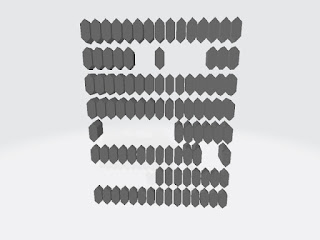Week 9 Progress

The most important aspect of this week was construction of the device. The tools used and progress can be seen in the image below. While building, and refining final information and calculations for our presentation, we shot footage for our introduction video. Slides were added to our presentation, and a a guide script is being developed. Last but not least, our final report exhibited minor beneficial changes, such as the addition of a budget table.



